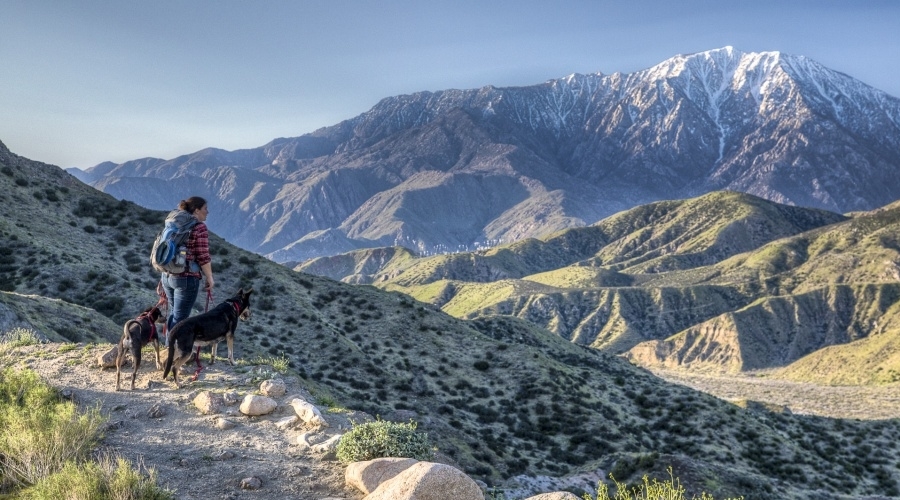Interior Secretary Ryan Zinke said he’s asking President Trump to shrink “a handful” of national monuments that previous presidents designated to protect land and water. Zinke told the Associated Press will not ask the president to eliminate any of the 27 protected areas that were under review since an April executive order.
Although the Secretary did not specify which changes he is recommending in the AP interview, he said any areas removed from national monuments would remain under federal control and public access would either stay the same or improve. He also said it’s important to keep areas protected when they warrant it.
“There’s an expectation we need to look out 100 years from now to keep the public land experience alive in this country,” Zinke told AP. “You can protect the monument by keeping public access to traditional uses.”
Interior published a two-page summary of the process the interior secretary took to review the monument designations instead of publicly releasing the report Zinke sent to Trump. Details of the recommendations were also not made public.
“Adherence to the [Antiquities] Act’s definition of an ‘object’ and ‘smallest area compatible’ clause on some monuments were either arbitrary or likely politically motivated or boundaries could not be supported by science or reasons of practical resource management,” the summary read.
Zinke said in a statement that the recommendations “will maintain federal ownership of all federal land and protect the land under federal environmental regulations, and also provide a much-needed change for the local communities who border and rely on these lands for hunting and fishing, economic development, traditional uses and recreation.”
President Barack Obama used the Antiquities Act to protect more land and water than any other president, and Trump’s review was aimed primarily at some of Obama’s most controversial decisions – like naming Bears Ears in Utah a national monument.
The White House said Thursday that Trump received Zinke’s suggestions and is reviewing them to determine his path forward. The announcement was a disappointment to environmentalists, who for months have vocally opposed any potential reductions in the size of national monuments.
“On the eve the National Park Service’s 101st anniversary, Secretary Zinke is proposing to wipe large swaths of America’s parks off the map,” Jennifer Rokala, executive director of the Center for Western Priorities, said in a statement. “Today’s recommendations cement his legacy as the most anti-park Interior Secretary in history. If President Trump takes any action to erase national monument acreage, he will trigger a court battle that will drag on for years.”
Industries that were shut out of the land and water by monument designations, such as oil, coal, ranching and fishing, could potentially be allowed in the areas withdrawn from monument designations.
“I am encouraged by the recommendations to revise previous designations that were inconsistent with the law and outside the Act’s size limitations,” said Rep. Rob Bishop (R-Utah), chairman of the House Natural Resources Committee. “It is my hope that President Trump takes this opportunity to begin realigning uses of the law with its intended purpose.”
Zinke previously stated that he wants to remove some areas of Bears Ears from protection. He has also in recent weeks announced six other monuments that he would recommend be kept intact completely.
Photo courtesy U.S. Department of the Interior














